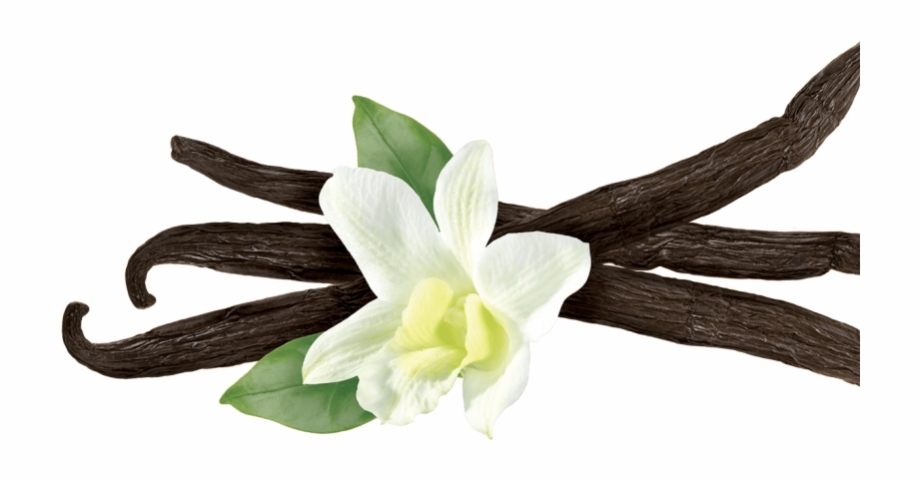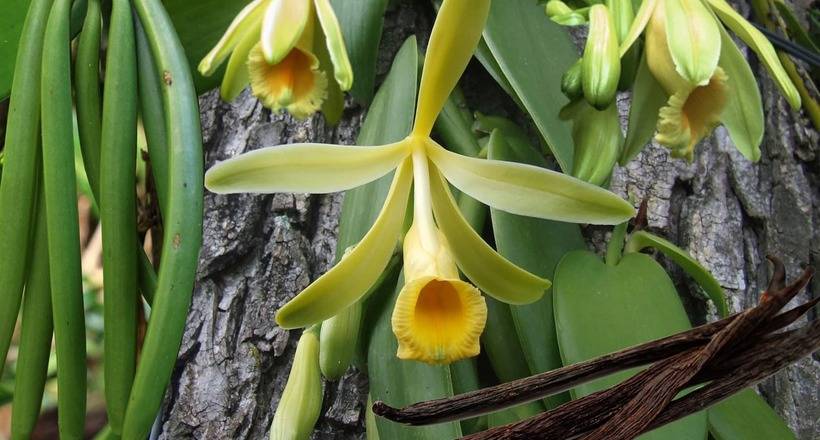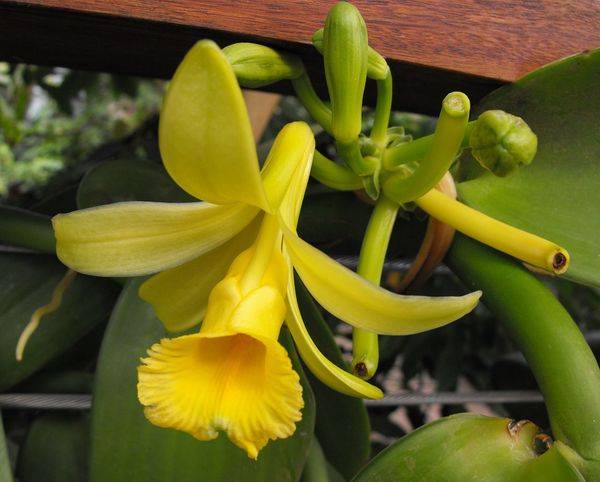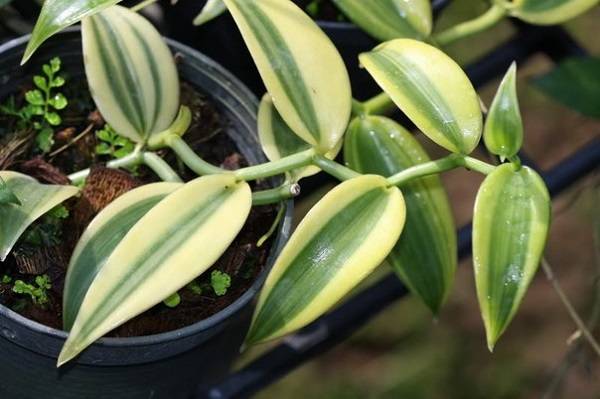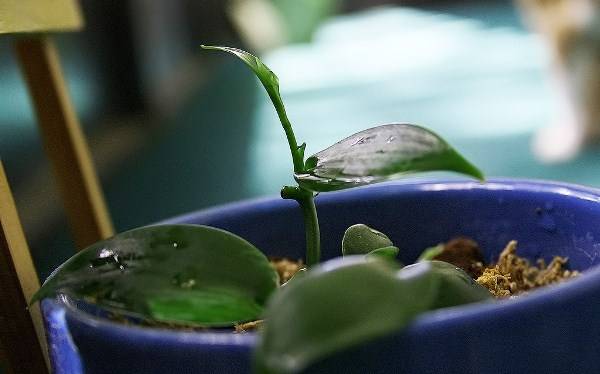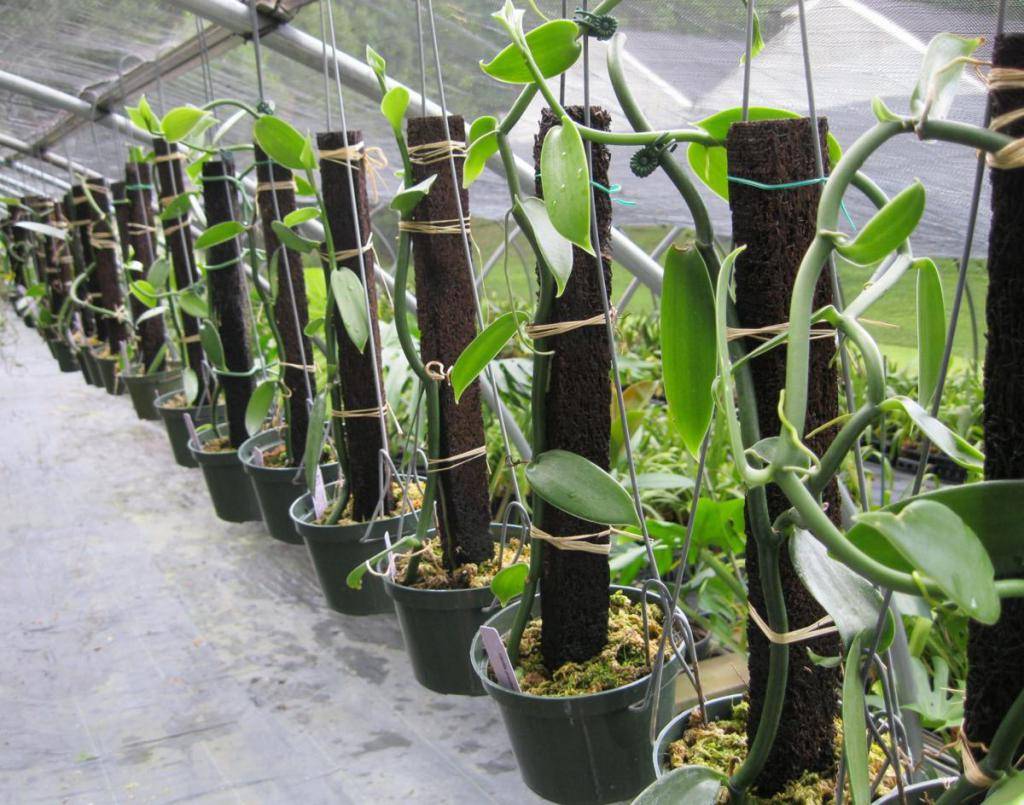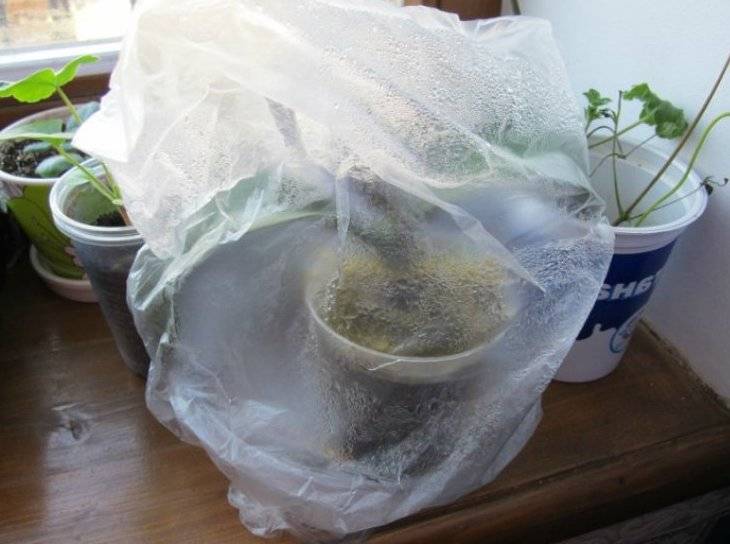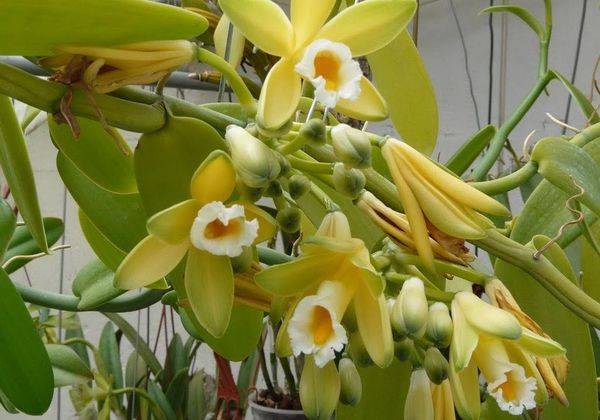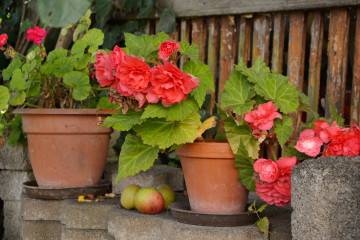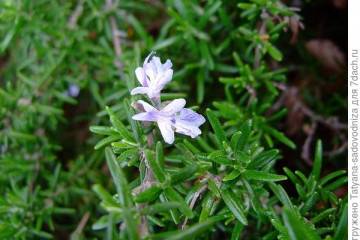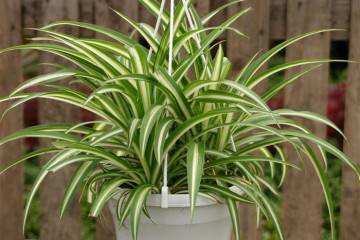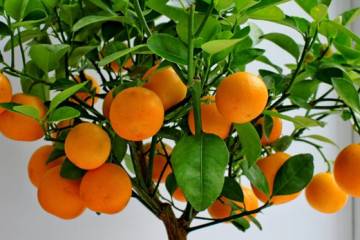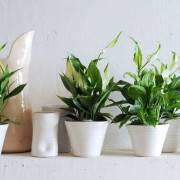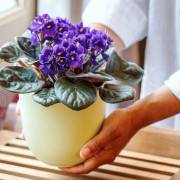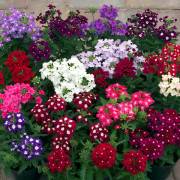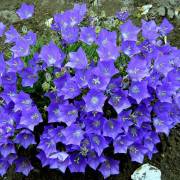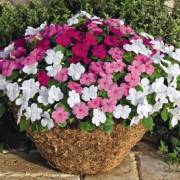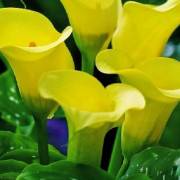Vanilla orchid: the main types and options for home care
Content:
The homeland of these beautiful liana-like plants is the vanilla orchid - Central America, Madagascar, the Bahamas and the Caribbean. For the Old World, the vanilla orchid was discovered by the conquistadors and in 1520, along with cocoa, was exported to Europe. Vanilla orchids have over a hundred varieties.
Description of plant species
Some of the vanilla species have a specific pleasant aroma and produce edible pods, but only a few are grown for spice production. The most common are Vanilla planifolia and Vanilla pompon.
A distinction should be made between vanilla and vanillin. The first is a natural product derived from a plant. The second is its chemical counterpart.
Vanilla flat-leaved
This variety is also called fragrant vanilla. It is it that is most often cultivated to obtain vanilla, which is used in the food industry, as well as for the needs of perfumery and medicine.
Fragrant pods grow up to 20-25 centimeters. The plant itself is a vine that winds along a support. In nature, its length can reach 35 meters. In artificial cultivation, the flower is cut at about the height of human growth - this stimulates flowering. A plant that has no support usually blooms worse.
Vine leaves are located along the entire length of the flexible stem. They are thick and leathery, dark green in color and oblong-oval in shape. With long aerial roots, the plant clings to the support.
Vanilla pompom Guadalupe
A distinctive feature of pompons is shorter pods. In addition, the content of vanilla in them is less, so this variety is cultivated less often. Basically, the products obtained from it are used in perfumery.
Tahitian vanilla
Such an orchid is practically not grown for the needs of confectioners. The pods of this variety are very small, the content of vanilla in them is small, however, a specific smell with hints of tobacco is sometimes included in perfume compositions.
Vanilla variegated
Florists love this variety for its elegant greenery. The leaves of this vanilla have light stripes. The heterogeneous color (variegation) gives the plant an interesting elegant look.
Sometimes this plant is confused with the vanilla anthurium flower, but these are completely different plants.
Vanilla orchid care at home
Many gardeners have thought about adding vanilla orchid to their collection. Subject to certain conditions, Vanilla feels good in a city apartment. Unfortunately, few people manage to achieve flowering, but it is possible.
Temperature and humidity
In their natural habitat, orchids are warm and humid.You should try to achieve the same conditions of detention at home. The optimum temperature is 28-30 ° C during the day and 4-5 degrees lower at night. Even in winter, the temperature in the room where the plant is located should not fall below 23 ° C.
The plant needs high humidity. To do this, the flower is sprayed several times during the day. You can put the pot on a pallet of damp expanded clay or use an electric humidifier. Another room where the vanilla orchid grows must be ventilated, since stagnant humid air can contribute to the development of mold and rot.
Watering
The liana is watered with exceptionally warm water at 30-40 ° C. From time to time, you can use the sprinkler method: water the plant with a shower or a watering can with a splitter. Some growers use the immersion method: they lower the flower pot in a container of warm water, leave it for 10-15 minutes, and then remove the pot and allow excess moisture to drain.
Soil and fertilizing
This flower prefers loamy soil, loose, with a fairly high content of organic matter. The substrate must "breathe", so it is recommended to add to it:
- sphagnum moss;
- fern roots;
- peat;
- small pieces of coniferous bark;
- charcoal;
- perlite.
You can purchase special orchid soil and add the missing ingredients to it. Vanilla, unlike other orchid species, needs a more saturated soil. Additional drainage can be placed on the bottom of the pot.
These orchids react well to feeding, but you need to know when to stop - apply fertilizers intended for orchids no more than 1-2 per month throughout the year, but make the concentration two times weaker than indicated in the instructions. From time to time, you can feed the plant by spraying.
Lighting
This plant is photophilous and can react to the lack of sun by the absence of flowering. But it is extremely important that the flower is not in direct sunlight. Therefore, it is recommended to place the pot on the south side, but shading is necessary on sunny days.
Transfer
An adult plant is transplanted in the spring once every 2-3 years. The decision to transplant is made if the roots of the flower have ceased to fit in the pot. A container for this type of orchid is usually taken with a plastic one with a large number of holes for ventilation, although with a large plant size, it is better to give preference to a clay pot - it is more stable. Some people prefer to plant these flowers in hanging baskets, as this allows the root system to be better ventilated.
In a new container, 2-3 cm of free space should be left from the plant to the edges. If during transplantation some orchid roots break off, then they must be sprinkled with ground cinnamon or crushed coal so that rot does not form.
Reproduction
In nature, Vanilla propagates by seed, but this method is not suitable for cultivation at home. The seeds in the pods, which are sold in the spice departments, are completely non-viable.
It is much easier to grow these flowers by cuttings:
- First you need to prepare the container: put drainage on the bottom, pour soil.
- Next, you need a cut off part of the shoot, on which there are at least three nodes with aerial roots. The stalk can be treated with a growth stimulant.
- The two lower leaves need to be removed, and the aerial roots should be placed in the substrate.
- The pot itself is placed in a plastic bag and placed in a shady place.
It is necessary to regularly remove the bag for ventilation.The soil must be constantly moist. If after 4-6 weeks a new sprout appears on the cutting, then the orchid has taken root. The package can be removed, and a support can be installed in the pot, along which the plant will curl.
Bloom
Even if all the conditions for keeping the orchid are met, and the plant grows well, it will give flowers for the first time not earlier than after 3-4 years. Vanilla blooms with light yellow-green flowers, which gradually open one after another, but each lives only a day. During this period, the plant smells especially good.
It is quite difficult to obtain pods at home. This requires manual pollination. After flowering, all the arrows are examined for a tied pod, and if it is not there, then they are cut off.
It is not easy to care for the Vanilla orchid, but even at rest, the liana, which, if desired, can be shaped in various forms with the help of special grabs, will look very beautiful in the house on the windowsill. If it is possible to achieve flowering, then a wonderful aroma, beloved by many, will be added to the brightness of the greenery, and the florist will have a well-deserved reason for pride. The main thing is not to confuse the flower with the anthurium vanilla, because this is a completely different plant, and you cannot expect a characteristic spicy aroma from it.
